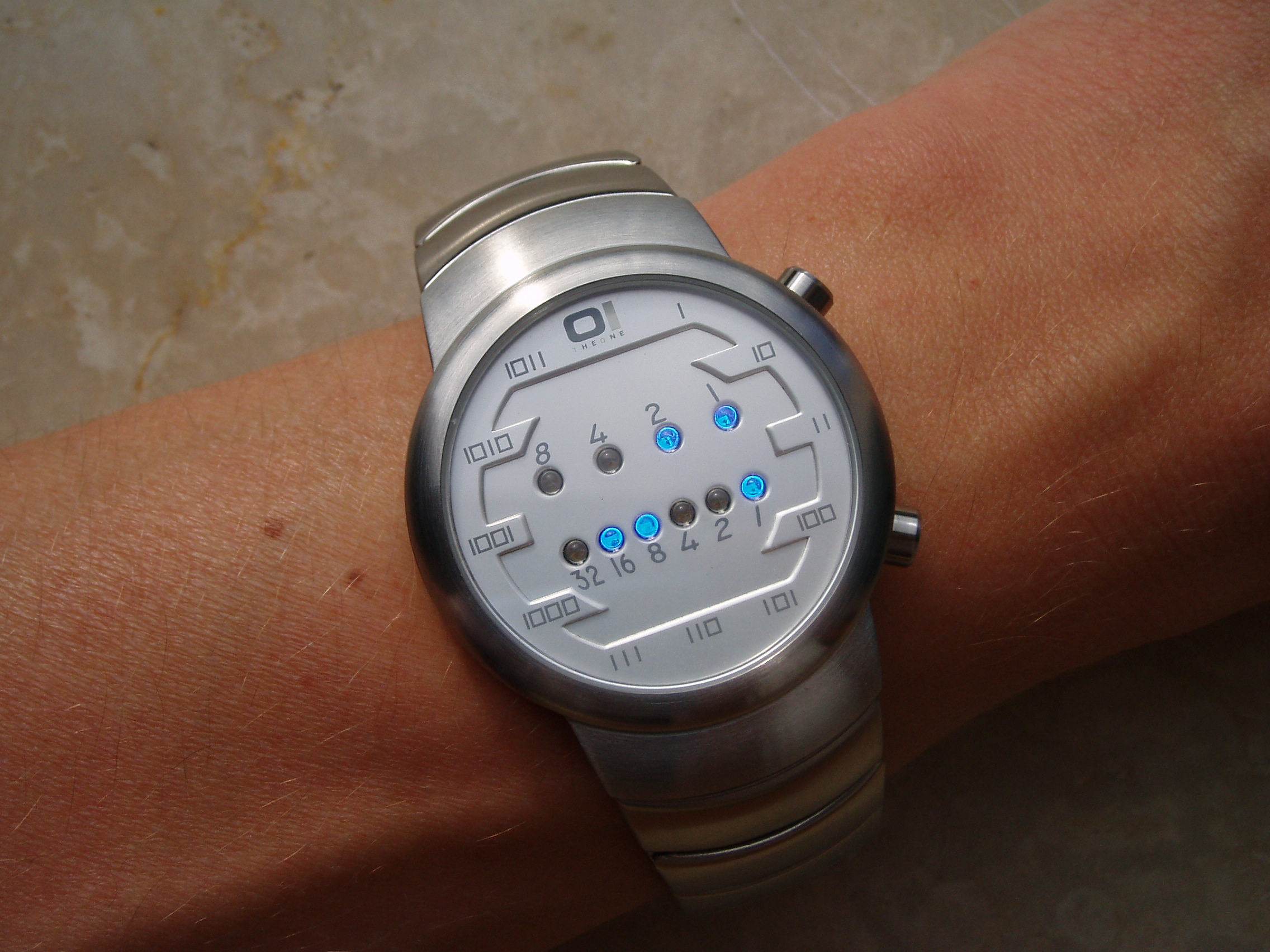本文最后更新于:2022年4月9日 中午
二进制手表顶部有 4 个 LED 代表 小时(0-11) ,底部的 6 个 LED 代表 分钟(0-59) 。
每个 LED 代表一个 0 或 1,最低位在右侧。
例如,上面的二进制手表读取 “3:25”。
给定一个非负整数 n 代表当前 LED 亮着的数量,返回所有可能的时间。
示例:
输入: n = 1 : ["1:00" , "2:00" , "4:00" , "8:00" , "0:01" , "0:02" , "0:04" , "0:08" , "0:16" , "0:32" ]
提示:
输出的顺序没有要求。
小时不会以零开头,比如 “01:00” 是不允许的,应为 “1:00”。
分钟必须由两位数组成,可能会以零开头,比如 “10:2” 是无效的,应为 “10:02”。
超过表示范围(小时 0-11,分钟 0-59 )的数据将会被舍弃,也就是说不会出现 “13:00”, “0:61” 等时间。
Solution
参考 @liuyubobobo 、**@ljj666** 、@detachmliu
1 2 3 4 5 6 7 8 9 10 11 12 13 14 15 16 17 18 19 20 21 22 23 24 25 26 27 28 29 30 31 32 33 34 35 36 37 38 39 40 class Solution {private :vector <string > res;public :vector <string > readBinaryWatch (int num) vector <bool > bits (10 , false ) 0 , num);return res;private :void dfs (vector <bool >& bits, int index, int num) if (index==10 ){int h = 0 ;for (int i=0 ; i<4 ; ++i)2 + bits[i];int m = 0 ;for (int i=4 ; i<10 ; ++i)2 + bits[i];if (h<12 && m<60 ){char time[6 ];sprintf (time, "%d:%02d" , h, m);string {time});return ;if (10 -index > num)1 , num);if (num){true ;1 , num-1 );false ;return ;
1 2 3 4 5 6 7 8 9 10 11 12 13 14 15 16 17 18 19 20 21 22 23 24 25 class Solution {public :vector <string > readBinaryWatch (int num) vector <string > res;for (int i = 0 ; i < 12 ; i++) {for (int j = 0 ; j < 60 ; j++) {if (count1(i) + count1(j) == num) {":" +10 ? "0" +to_string(j) : to_string(j)));return res;int count1 (int n) int res = 0 ;while (n != 0 ) {1 );return res;
